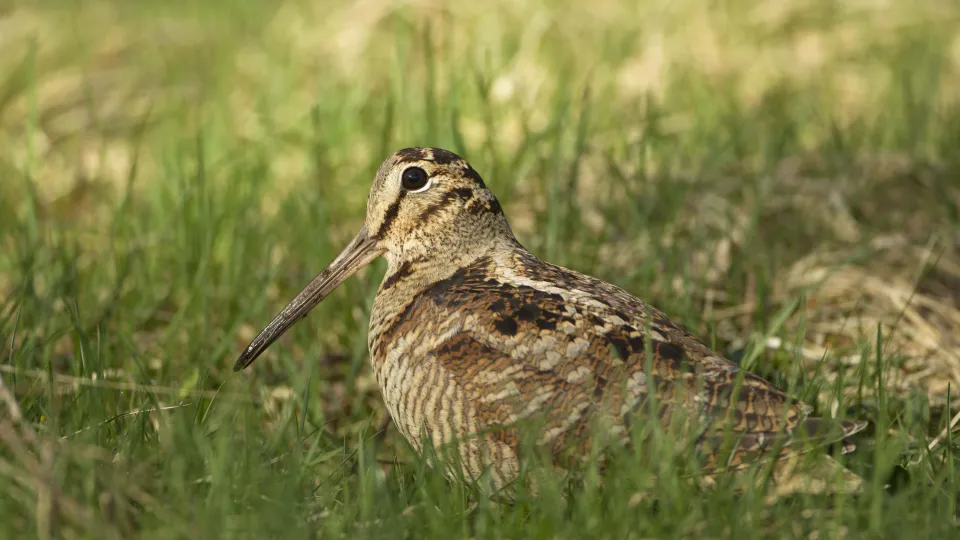
Woodcock
Sometimes known as the snipe of the woods, the exquisitely camouflaged woodcock is mainly nocturnal, hiding in the dense undergrowth of woodlands and heathlands during the day.

Sometimes known as the snipe of the woods, the exquisitely camouflaged woodcock is mainly nocturnal, hiding in the dense undergrowth of woodlands and heathlands during the day.
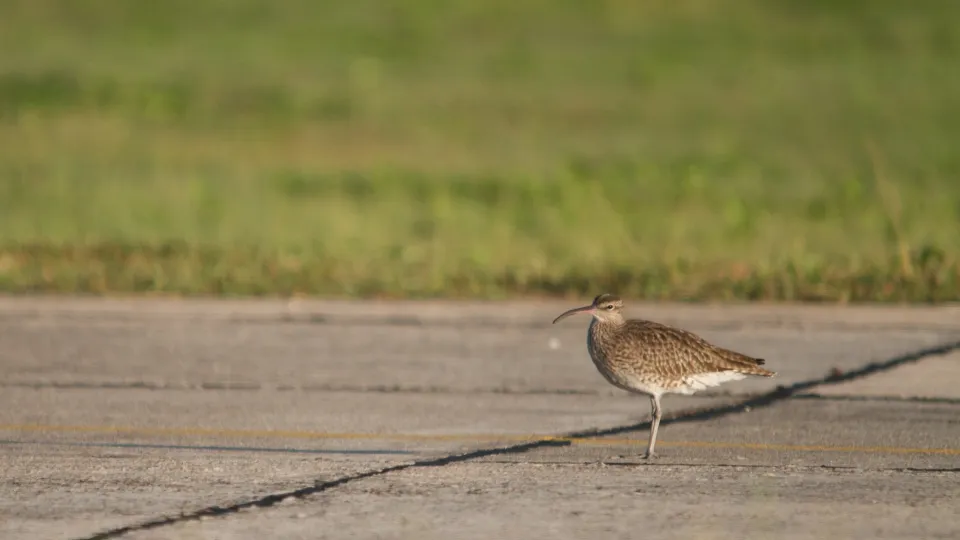
The whimbrel is very similar to the curlew, but a little smaller and with a striking face pattern. Its eerie call is a series of seven whistles; listen out for it around the coast as its passes through on migration.
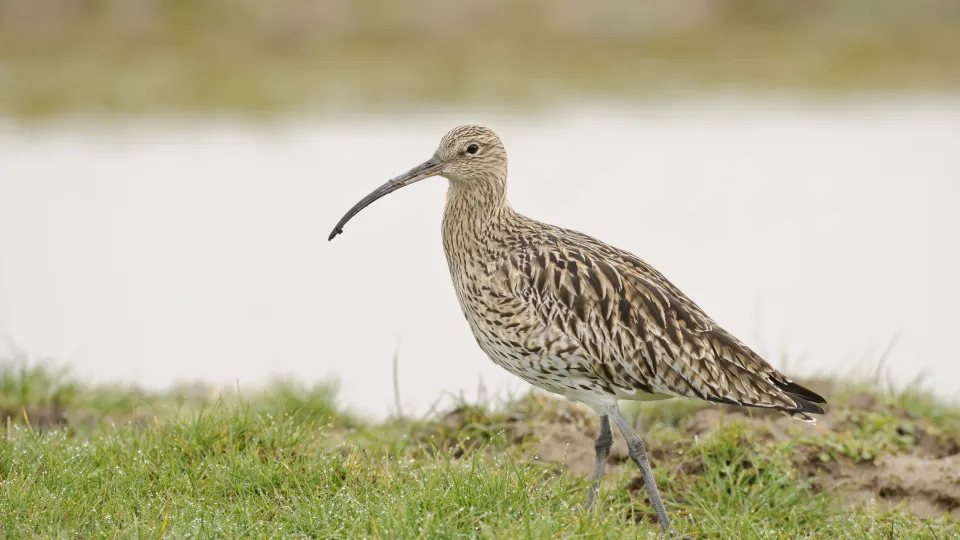
The eerie, 'cur-lee' call of the curlew is a recognisable sound of wet grasslands, moorlands, farmland and coasts. Its long, downcurved bill is an unmistakeable feature and perfect for probing the mud for prey.
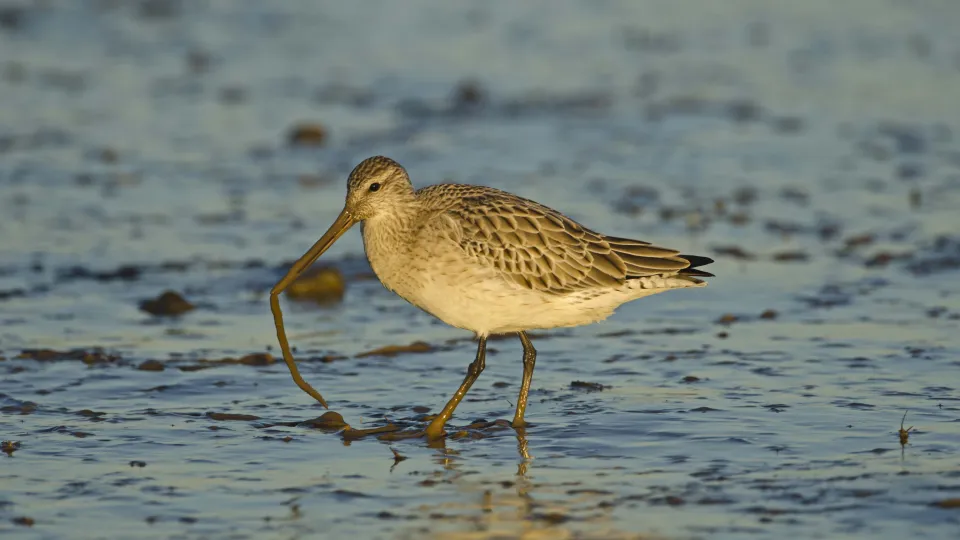
The bar-tailed godwit winters in the UK in the thousands; look for it around estuaries like the Thames and Humber. In spring, the males display arresting breeding plumage, with brick-red heads, necks and chests.
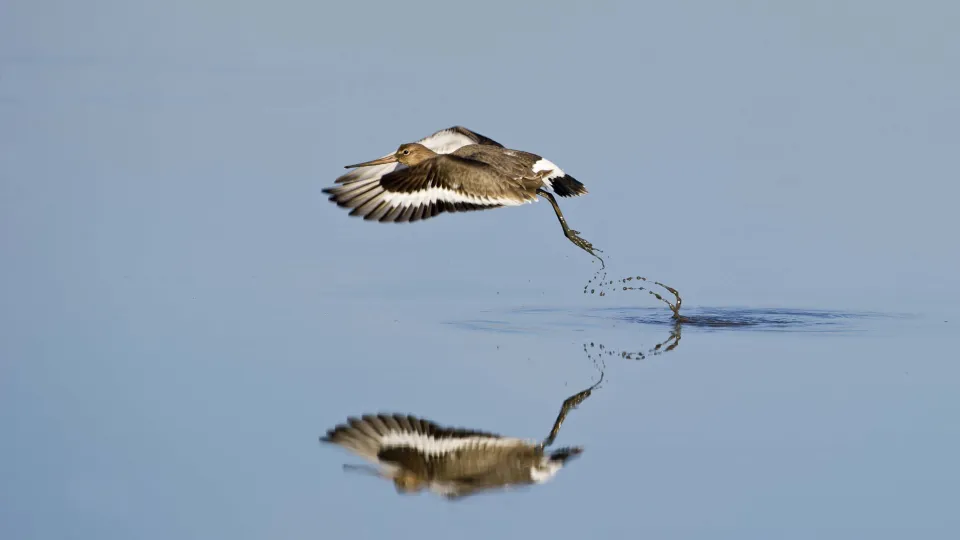
The black-tailed godwit is a rare breeding bird in the UK that has suffered from dramatic declines. It can most easily be spotted around the coast in winter and at inland wetlands when on migration.
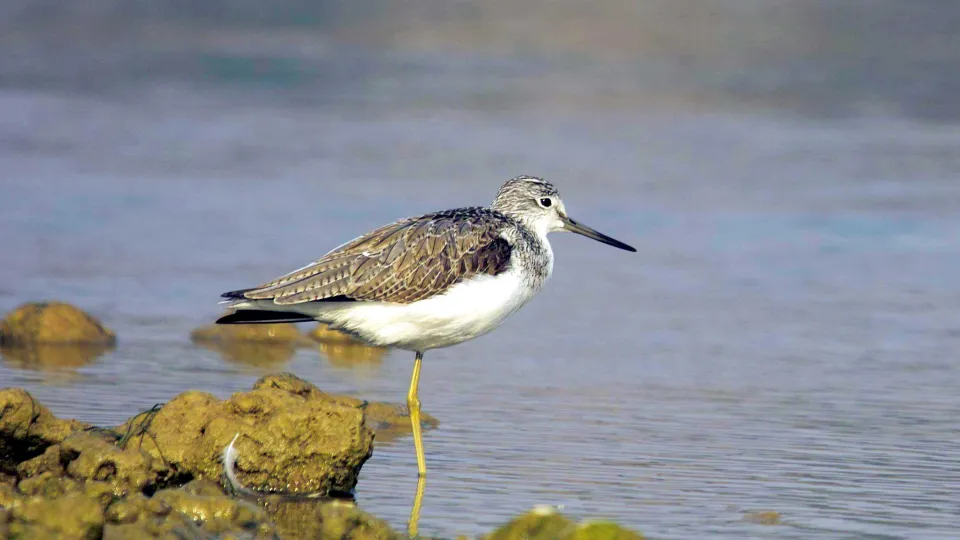
The greenshank breeds on the boggy moors and ancient peatlands of Scotland. But it can be spotted elsewhere in the UK as it passes through on migration - look around lakes, marshes and the coast.
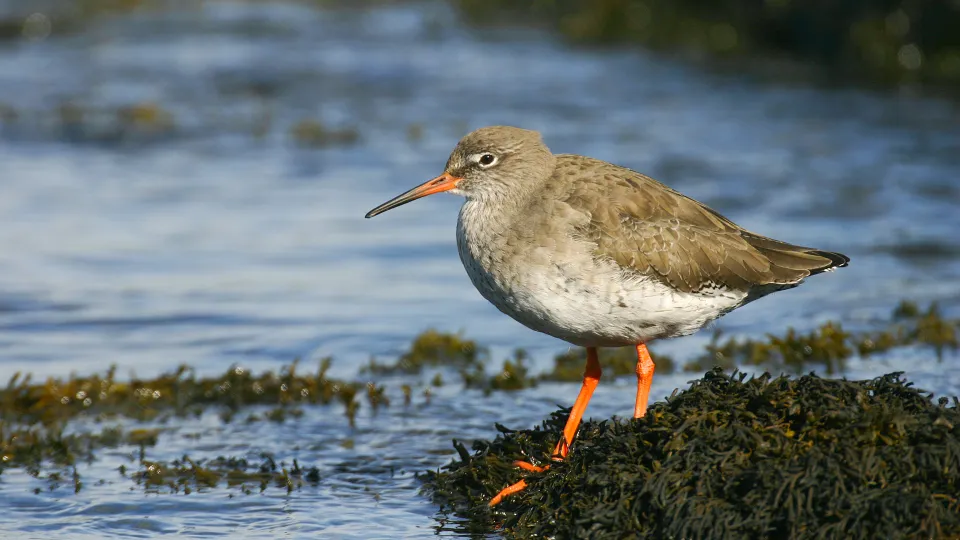
The redshank lives up to its name as it sports distinctive long, bright red legs! It feeds and breeds on marshes, mudflats, mires and saltmarshes. Look out for it posing on a fence post or rock.
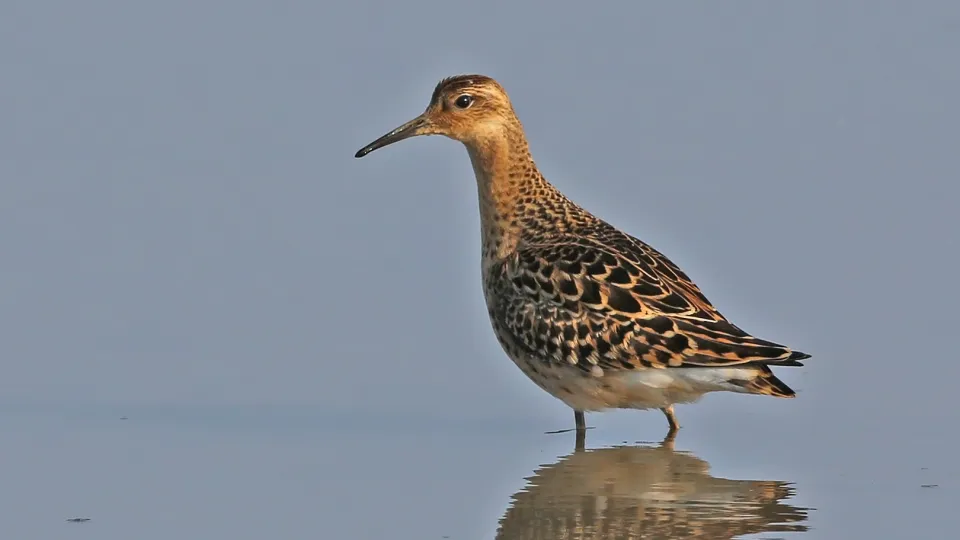
The UK hosts a small, but important, breeding population of ruff. The ruff is a large sandpiper that is so-called due to the large ruff of feathers around the males' neck. This is used in a showy display to attract a mate.
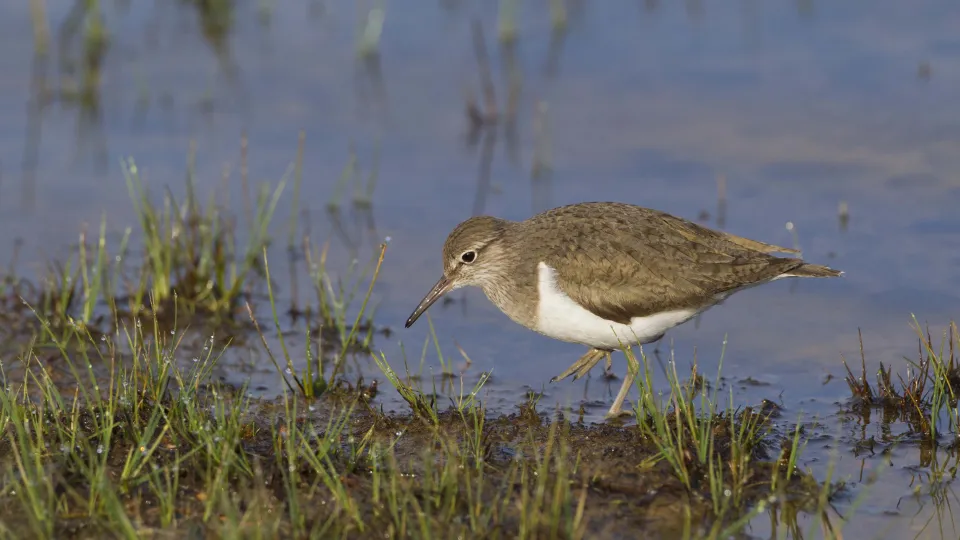
The common sandpiper breeds along rivers, and by lakes, reservoirs and lochs in upland Scotland, Northern England and Wales. It can be spotted as a passage migrant at many inland wetlands across the UK.
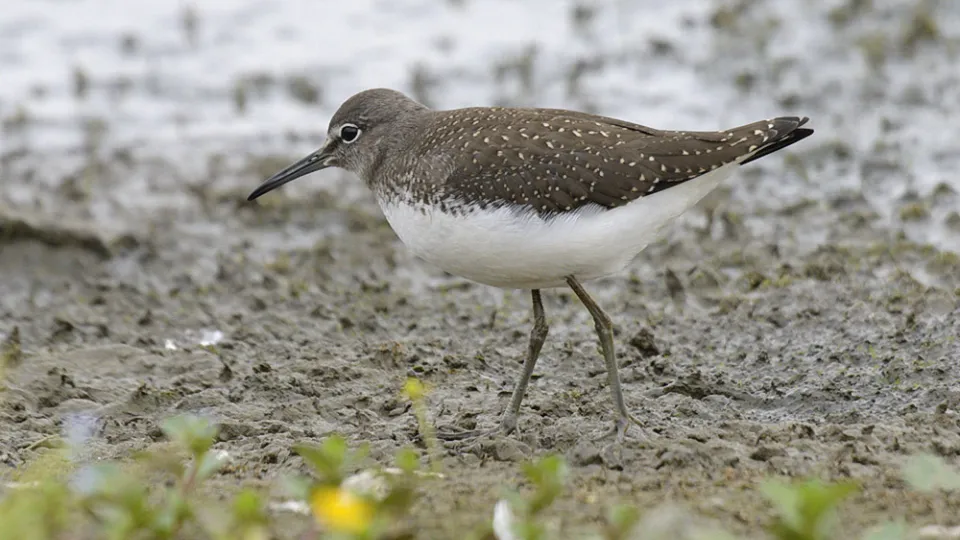
The green sandpiper is a very rare breeding bird in the UK, and is mainly seen on migration in autumn. Look out for it feeding around marshes, flooded gravel pits and rivers. It even likes sewage works!